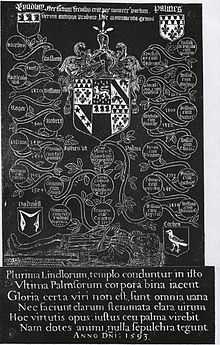Brass rubbing


Brass rubbing was originally a largely British enthusiasm for reproducing onto paper monumental brasses – commemorative brass plaques found in churches, usually originally on the floor, from between the 13th and 16th centuries. The concept of recording textures of things is more generally called making a rubbing. What distinguishes rubbings from frottage is that rubbings are meant to reproduce the form of something being transferred, whereas frottage just desires to use rubbing to grab a random texture.
Brass rubbings are created by laying a sheet of paper on top of a brass (actually called "latten" - an alloy of brass and nickel) and rubbing the paper with graphite, wax, or chalk, a process similar to rubbing a pencil over a piece of paper placed on top of a coin. In the "old days" rubbings were most commonly made using the equivalent of what we would call "butcher's paper" [a 22–30-inch-wide (560–760 mm) roll of whitish paper] laid down over the brass and rubbed with "heelball", a waxy glob of black crayon once used to shine shoes.
Nowadays most brass rubbers purchase special paper rolls of heavy duty black velvety material, and the crayons are silver or gold (and other colours). Sometime after the early 1970s the authorities decided that you could no longer rub the original brasses since they were being worn away by the rubbing process, and the lack of care on the part of some individuals. Brass rubbing centres had already appeared around the U.K. and now they became the prime source for rubbings. It is important to note that one now rubs a replica brass, not the original. Replicas are often not the same scale as the original so a prospective buyer of a rubbing should investigate to see whether a rubbing is of an original or a replica. Miniature versions of brasses are also being offered for sale without specifying that they are not created to the original scale.
See also
References
- Monumental Brasses as Art and History ed. Jerome Bertram, published by Alan Sutton.